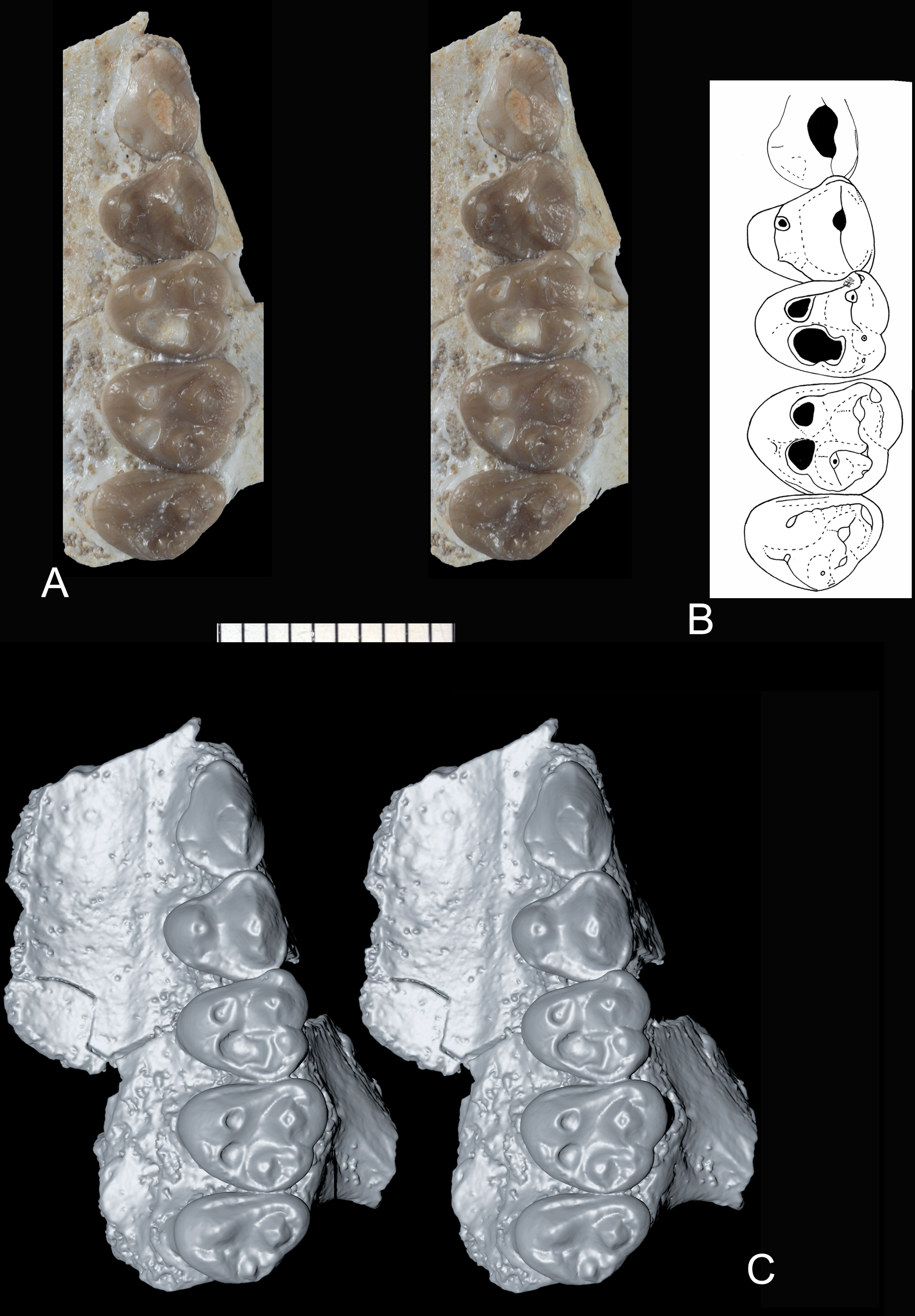4D CT scan
4D CT Scan[edit | edit source]
 A 4D CT scan, also known as four-dimensional computed tomography scan, is a medical imaging technique that combines the principles of traditional CT scanning with the ability to capture images over time. This allows for the visualization of dynamic processes within the body, providing valuable information for diagnosis and treatment planning.
A 4D CT scan, also known as four-dimensional computed tomography scan, is a medical imaging technique that combines the principles of traditional CT scanning with the ability to capture images over time. This allows for the visualization of dynamic processes within the body, providing valuable information for diagnosis and treatment planning.
Principles[edit | edit source]
- A 4D CT scan operates on the same principles as a traditional CT scan. It uses a series of X-ray beams that rotate around the patient, capturing multiple cross-sectional images of the body. These images are then reconstructed by a computer to create detailed three-dimensional representations.
- The "fourth dimension" in 4D CT scan refers to the ability to capture images over time. This is achieved by synchronizing the image acquisition with the patient's respiratory or cardiac cycle. By doing so, the scan can capture the movement of organs and structures within the body, providing a dynamic view of their function.
Applications[edit | edit source]
4D CT scans have a wide range of applications in various medical fields. Some of the most common uses include:
Radiation Therapy Planning[edit | edit source]
In radiation therapy, 4D CT scans are used to accurately target tumors while minimizing damage to surrounding healthy tissues. By visualizing the movement of tumors during the respiratory cycle, radiation oncologists can adjust treatment plans to ensure precise delivery of radiation.
Cardiology[edit | edit source]
In cardiology, 4D CT scans are used to assess the function of the heart and blood vessels. By capturing images throughout the cardiac cycle, doctors can evaluate the pumping efficiency of the heart, detect abnormalities in blood flow, and diagnose conditions such as coronary artery disease.
Respiratory Medicine[edit | edit source]
In respiratory medicine, 4D CT scans are used to study lung function and diagnose conditions such as chronic obstructive pulmonary disease (COPD) and lung cancer. By visualizing lung movement during breathing, doctors can assess lung capacity, identify areas of ventilation abnormalities, and plan surgical interventions.
Advantages[edit | edit source]
The use of 4D CT scans offers several advantages over traditional CT scans:
- Improved accuracy: By capturing images over time, 4D CT scans provide a more accurate representation of dynamic processes within the body.
- Enhanced treatment planning: The ability to visualize organ movement allows for more precise treatment planning, particularly in radiation therapy.
- Reduced need for invasive procedures: 4D CT scans can provide valuable diagnostic information without the need for invasive procedures, reducing patient discomfort and risk.
Limitations[edit | edit source]
Despite its advantages, 4D CT scans also have some limitations:
- Increased radiation exposure: The need for multiple image acquisitions over time results in increased radiation exposure compared to traditional CT scans. However, efforts are made to minimize this exposure while still obtaining high-quality images.
- Limited availability: 4D CT scans require specialized equipment and expertise, making them less widely available than traditional CT scans.
Conclusion[edit | edit source]
In conclusion, 4D CT scans are a valuable medical imaging technique that combines the principles of traditional CT scanning with the ability to capture images over time. They have a wide range of applications in radiation therapy, cardiology, and respiratory medicine, providing valuable diagnostic and treatment planning information. While they have certain limitations, the benefits of 4D CT scans make them an important tool in modern healthcare.
See Also[edit | edit source]
References[edit | edit source]
Search WikiMD
Ad.Tired of being Overweight? Try W8MD's physician weight loss program.
Semaglutide (Ozempic / Wegovy and Tirzepatide (Mounjaro / Zepbound) available.
Advertise on WikiMD
|
WikiMD's Wellness Encyclopedia |
| Let Food Be Thy Medicine Medicine Thy Food - Hippocrates |
Translate this page: - East Asian
中文,
日本,
한국어,
South Asian
हिन्दी,
தமிழ்,
తెలుగు,
Urdu,
ಕನ್ನಡ,
Southeast Asian
Indonesian,
Vietnamese,
Thai,
မြန်မာဘာသာ,
বাংলা
European
español,
Deutsch,
français,
Greek,
português do Brasil,
polski,
română,
русский,
Nederlands,
norsk,
svenska,
suomi,
Italian
Middle Eastern & African
عربى,
Turkish,
Persian,
Hebrew,
Afrikaans,
isiZulu,
Kiswahili,
Other
Bulgarian,
Hungarian,
Czech,
Swedish,
മലയാളം,
मराठी,
ਪੰਜਾਬੀ,
ગુજરાતી,
Portuguese,
Ukrainian
Medical Disclaimer: WikiMD is not a substitute for professional medical advice. The information on WikiMD is provided as an information resource only, may be incorrect, outdated or misleading, and is not to be used or relied on for any diagnostic or treatment purposes. Please consult your health care provider before making any healthcare decisions or for guidance about a specific medical condition. WikiMD expressly disclaims responsibility, and shall have no liability, for any damages, loss, injury, or liability whatsoever suffered as a result of your reliance on the information contained in this site. By visiting this site you agree to the foregoing terms and conditions, which may from time to time be changed or supplemented by WikiMD. If you do not agree to the foregoing terms and conditions, you should not enter or use this site. See full disclaimer.
Credits:Most images are courtesy of Wikimedia commons, and templates, categories Wikipedia, licensed under CC BY SA or similar.
Contributors: Prabhudeva
